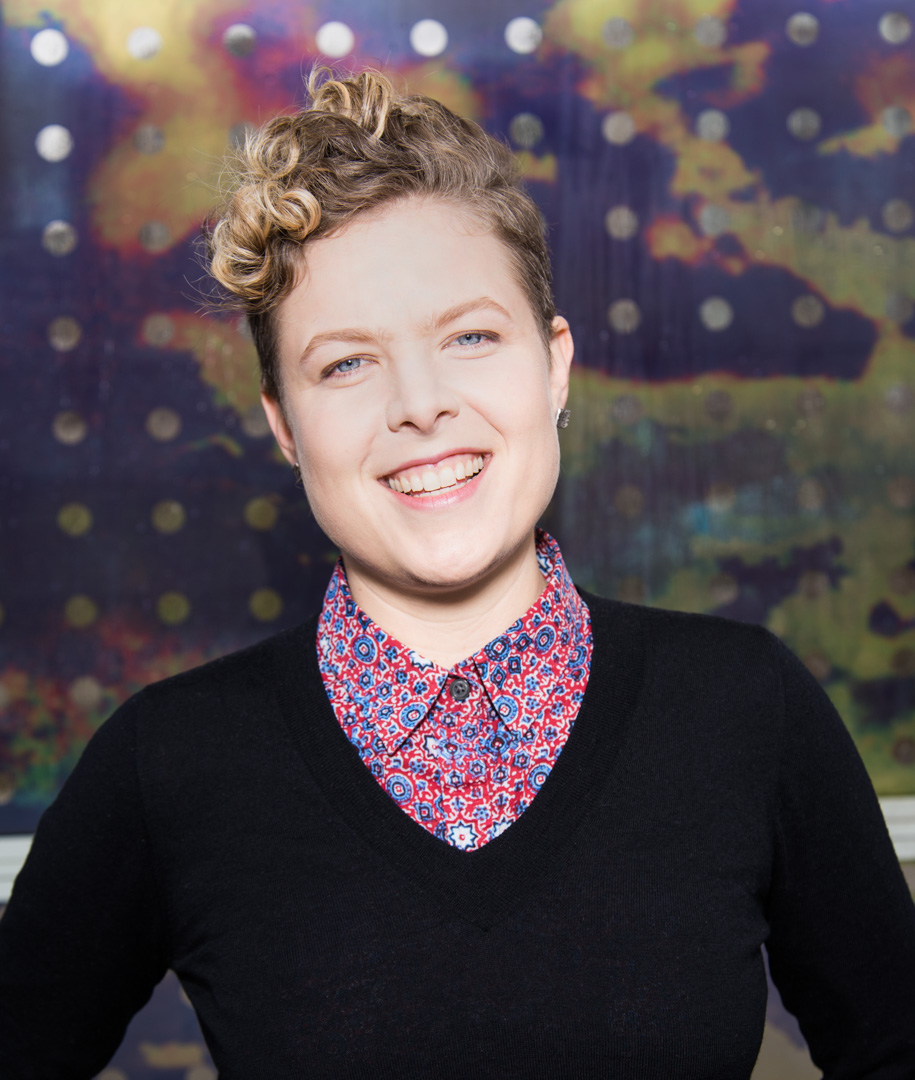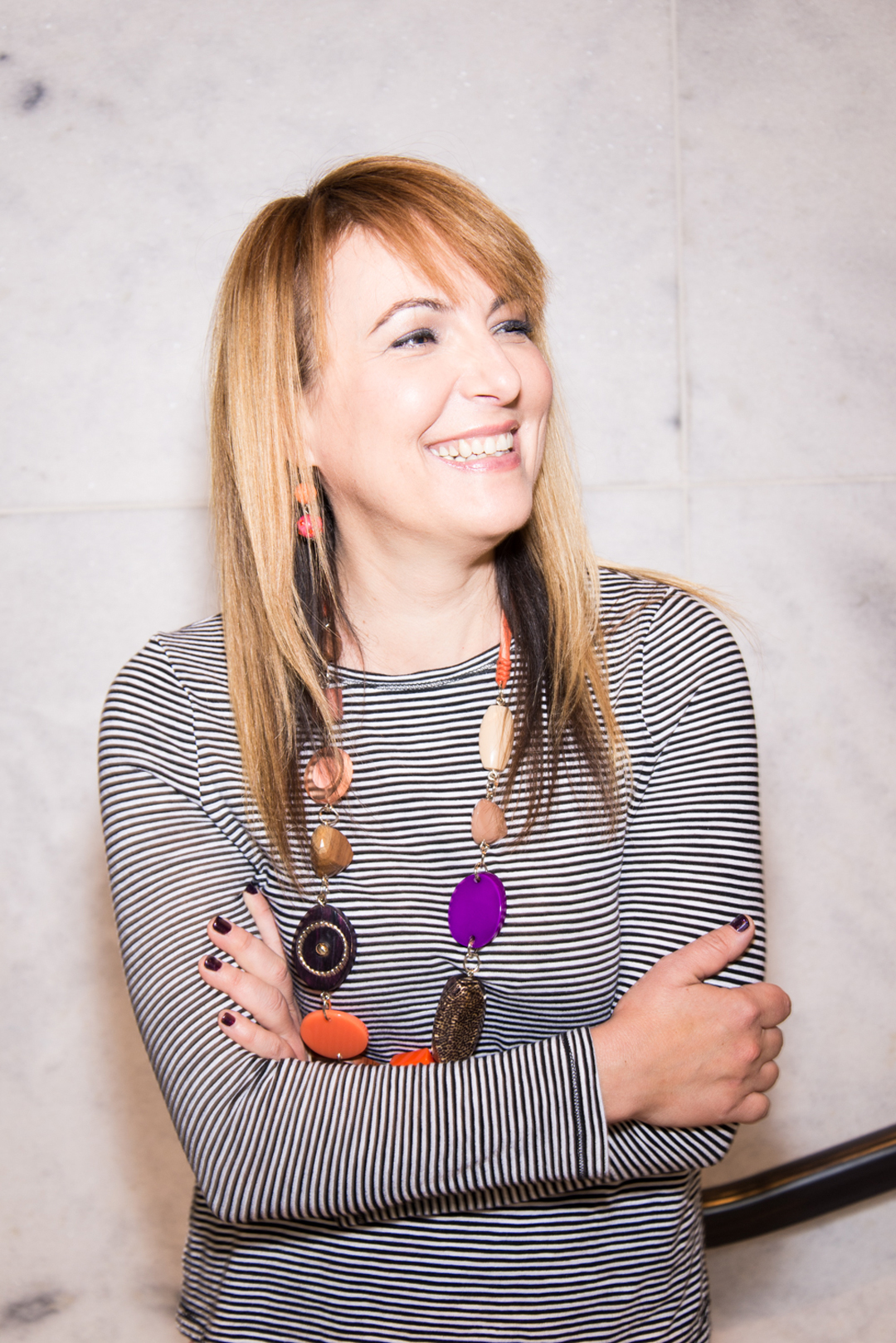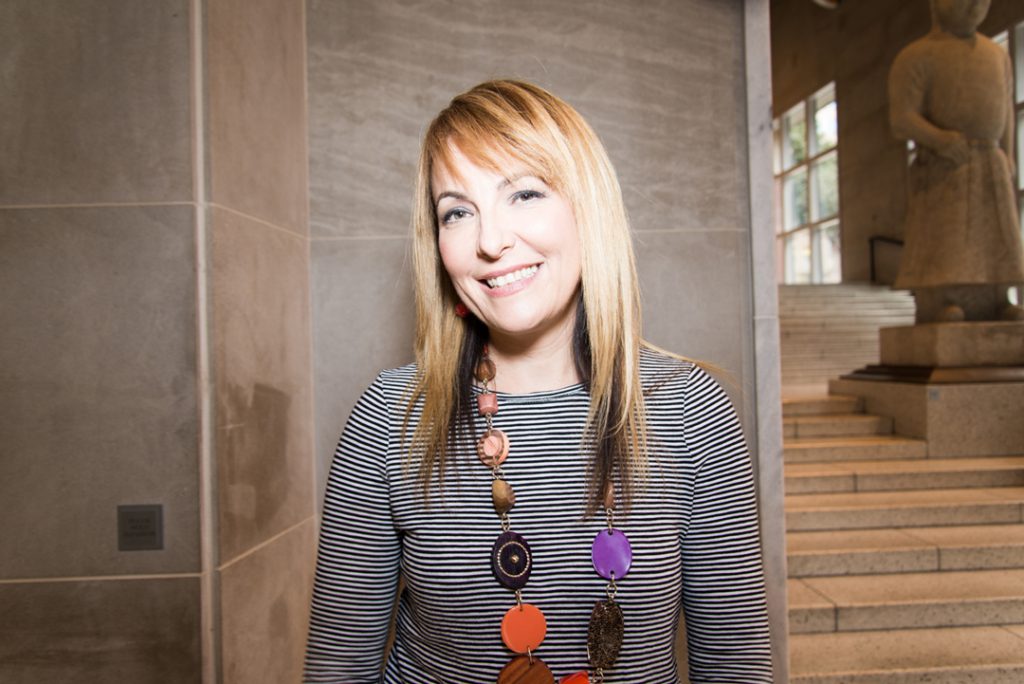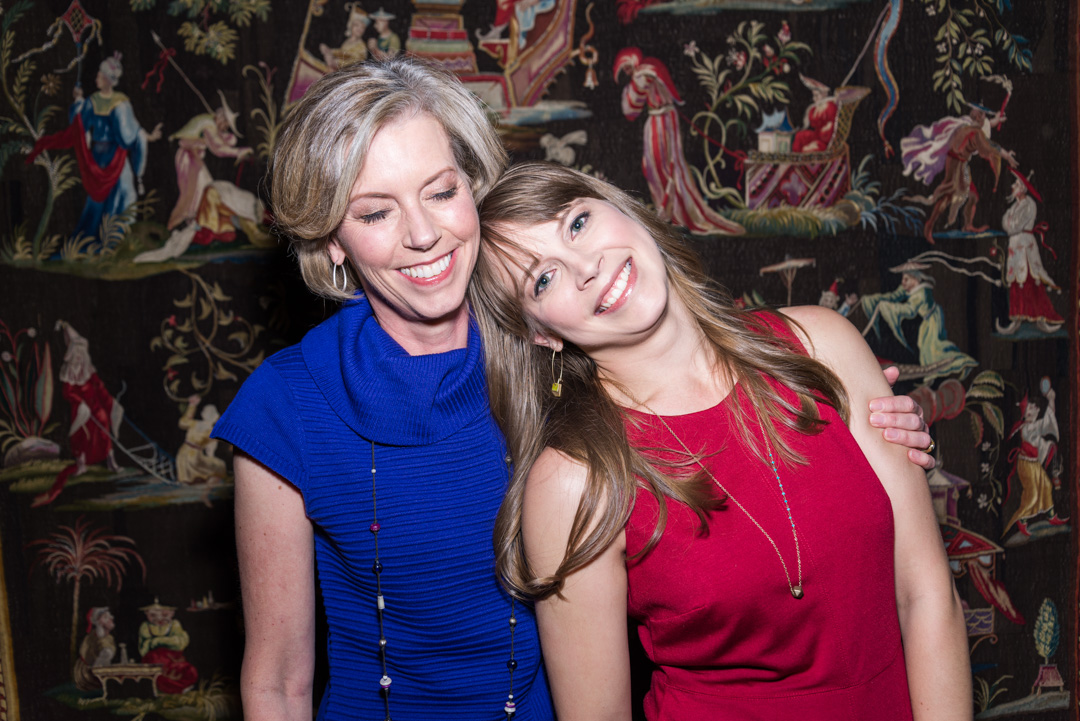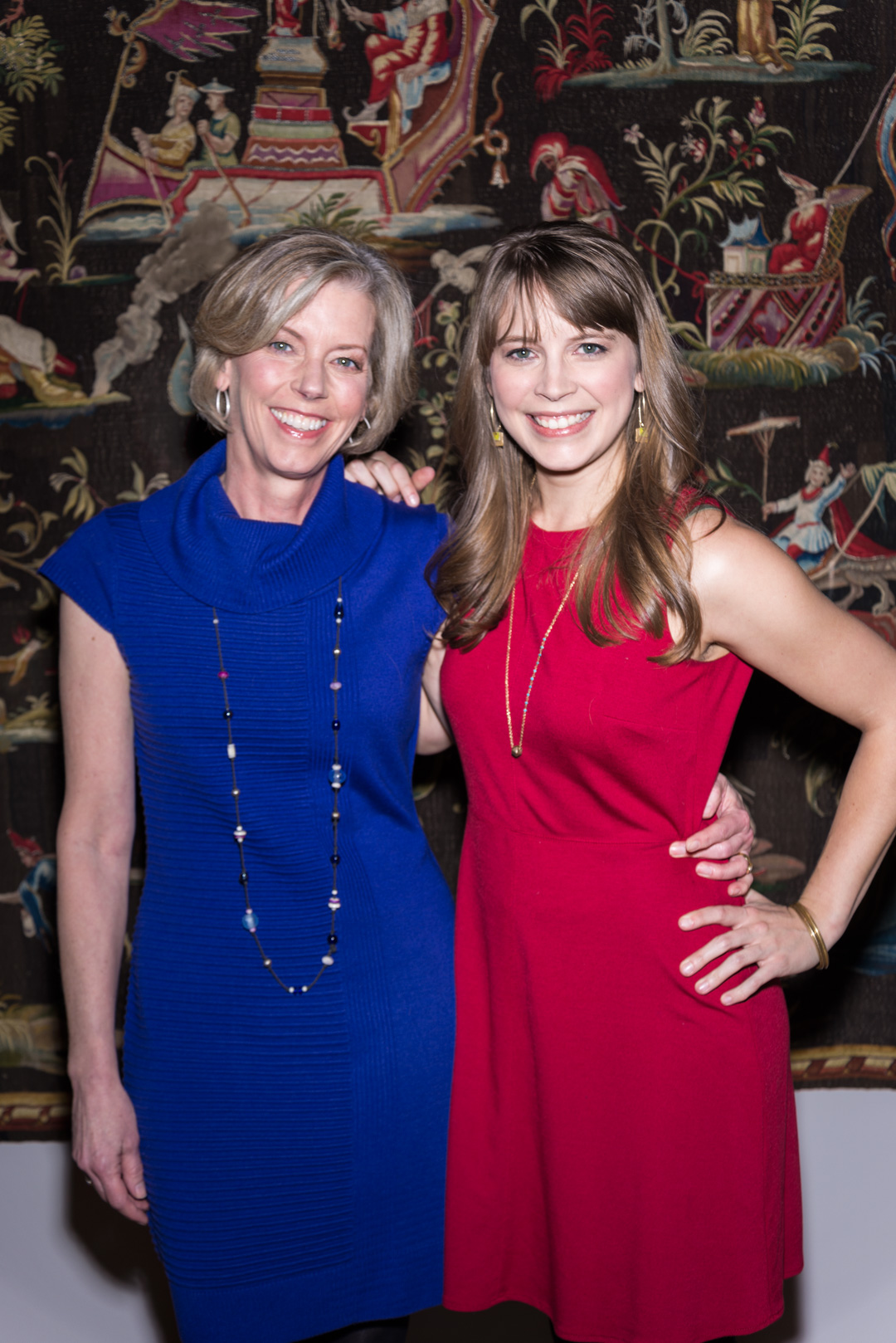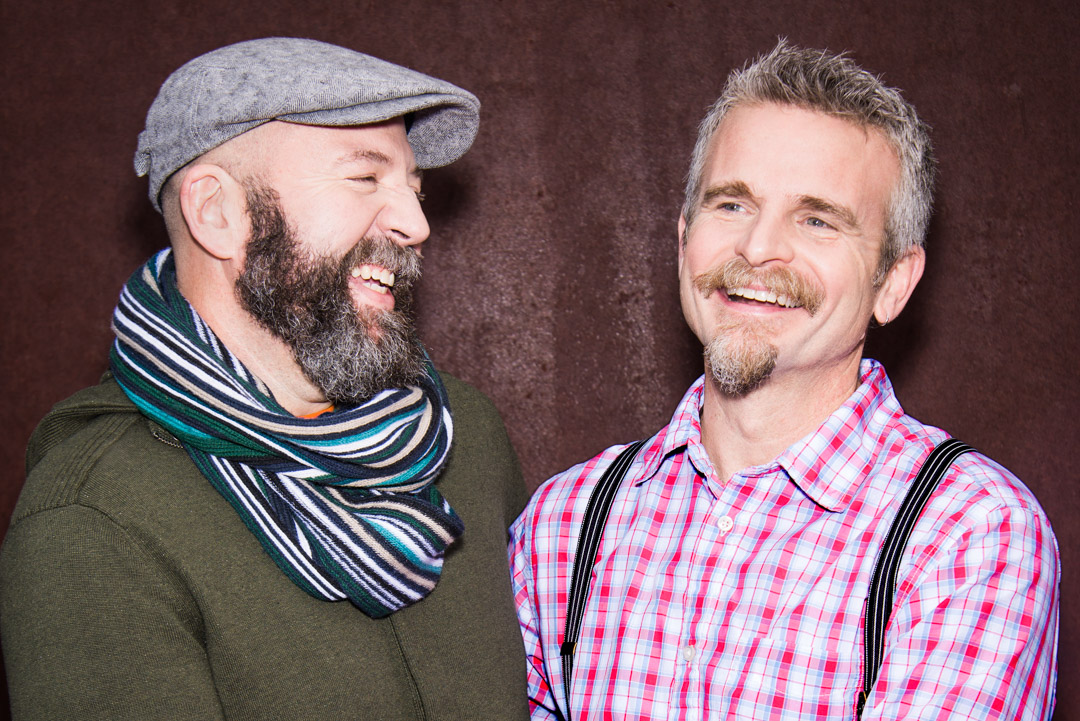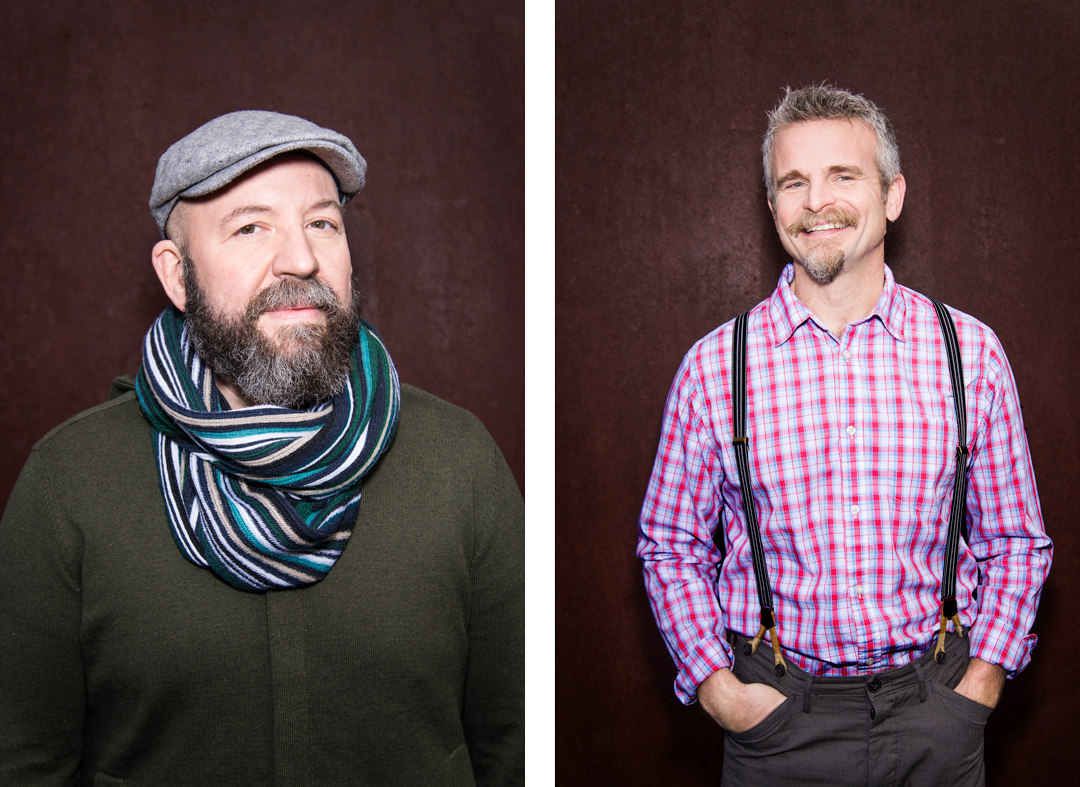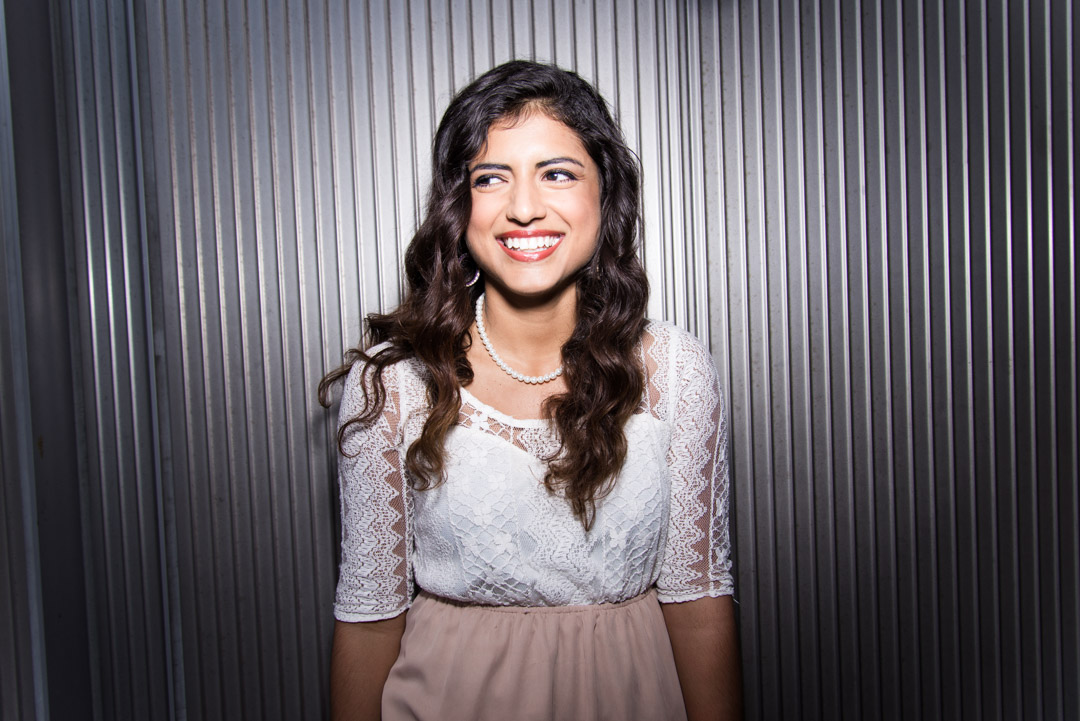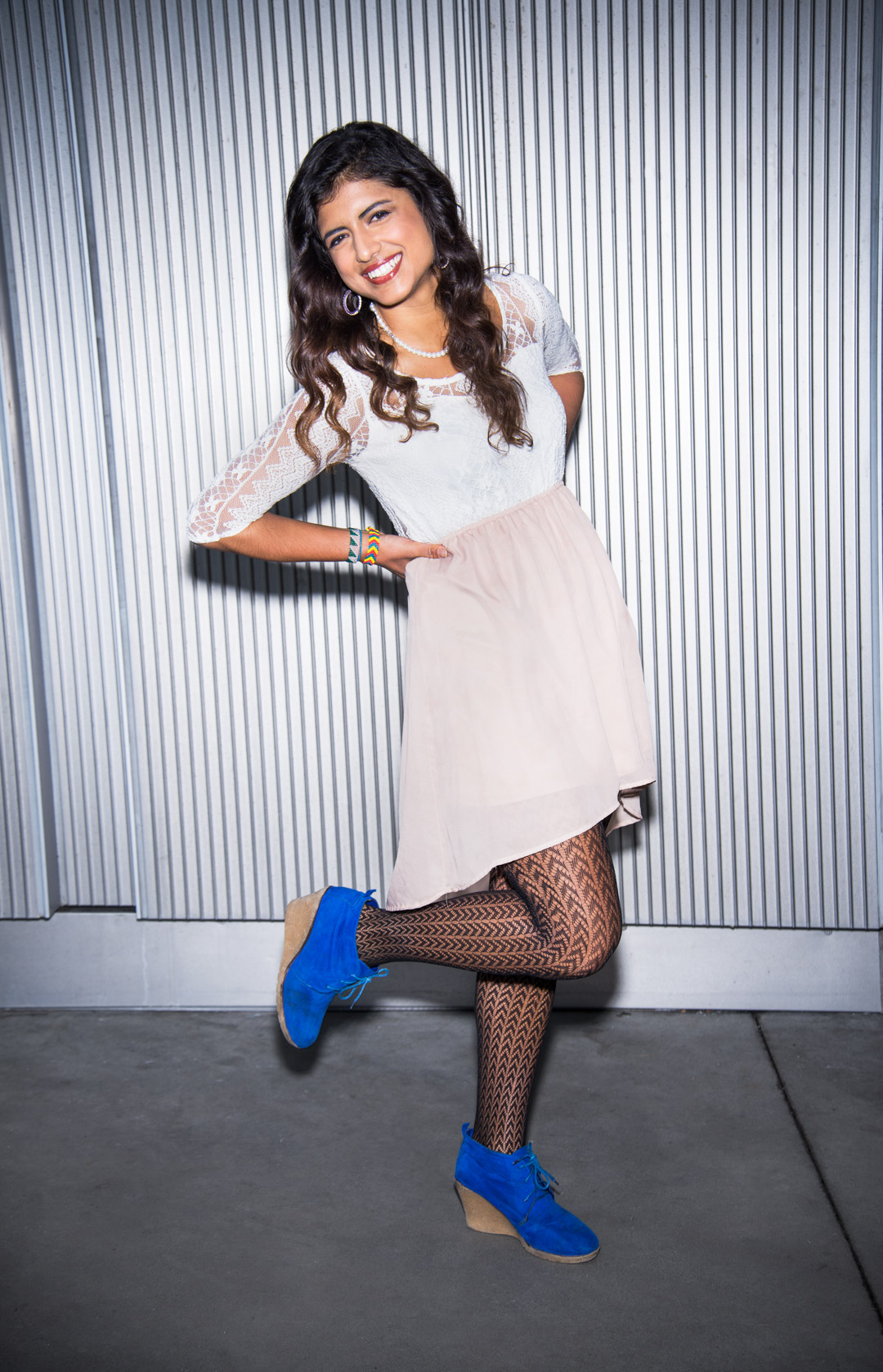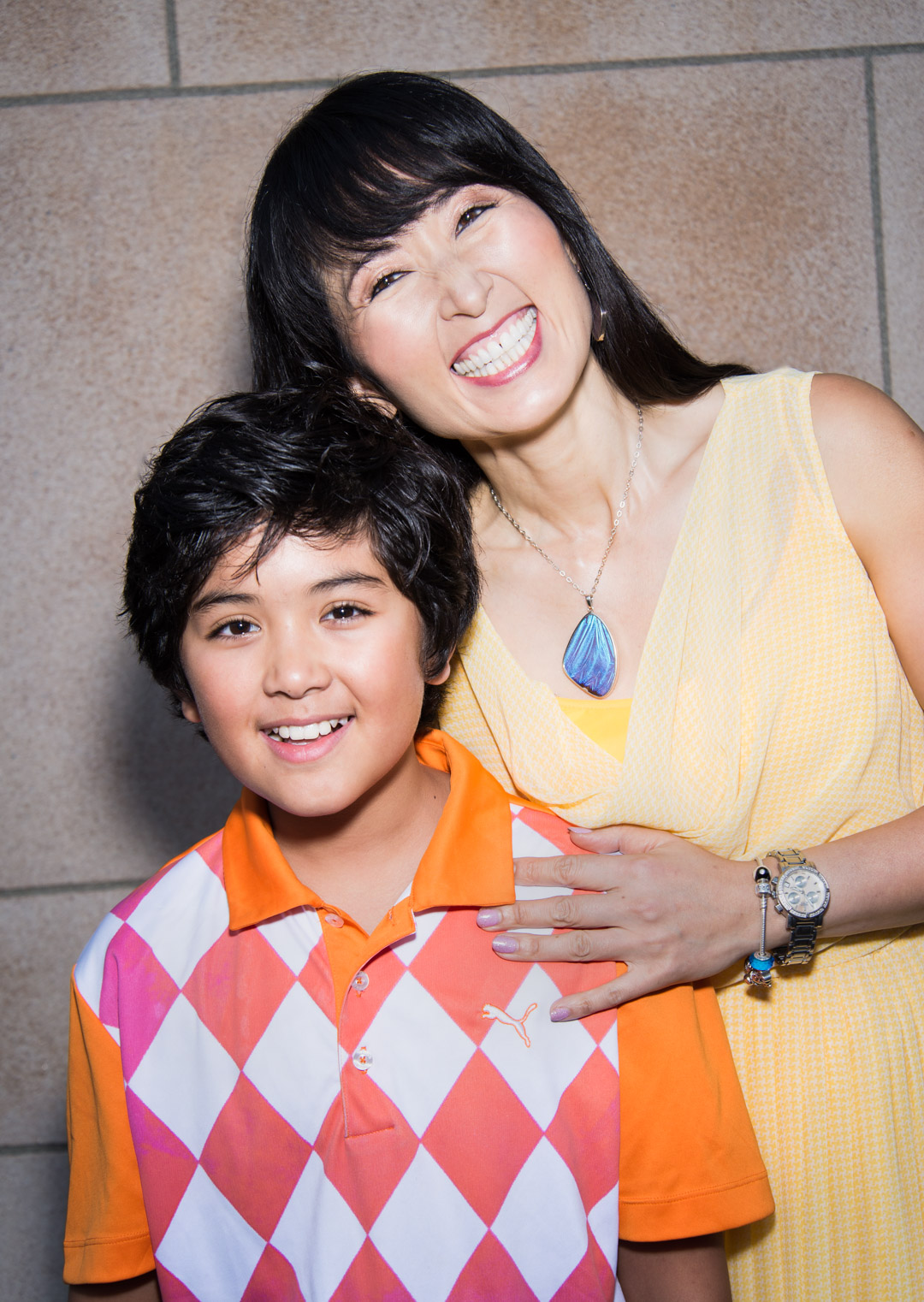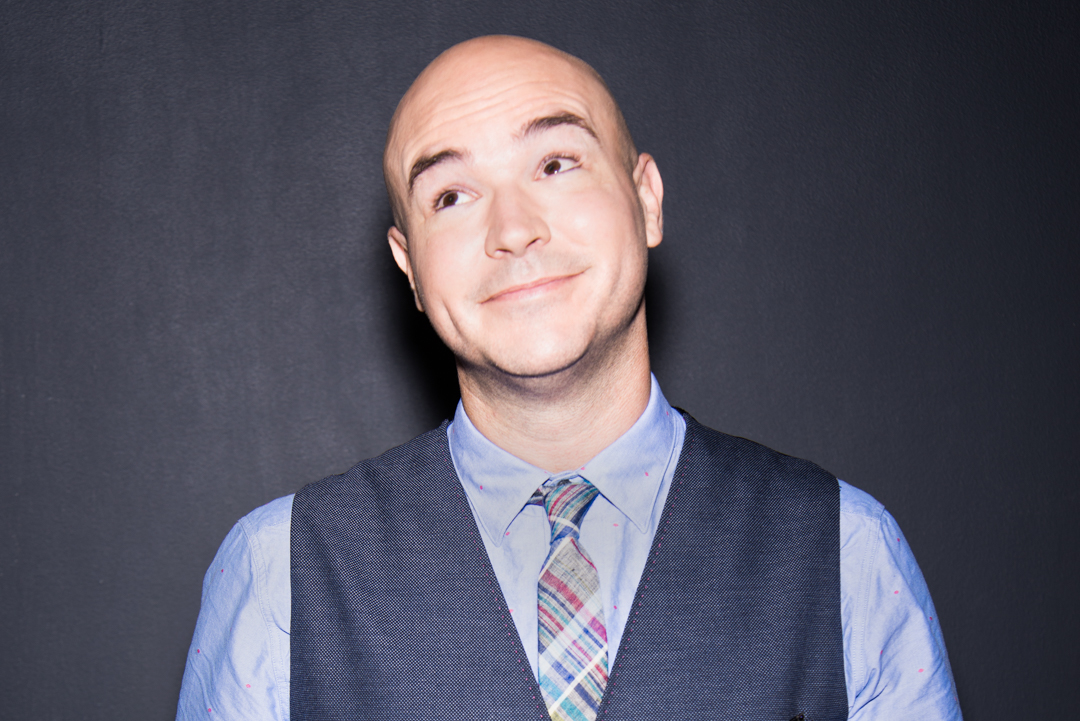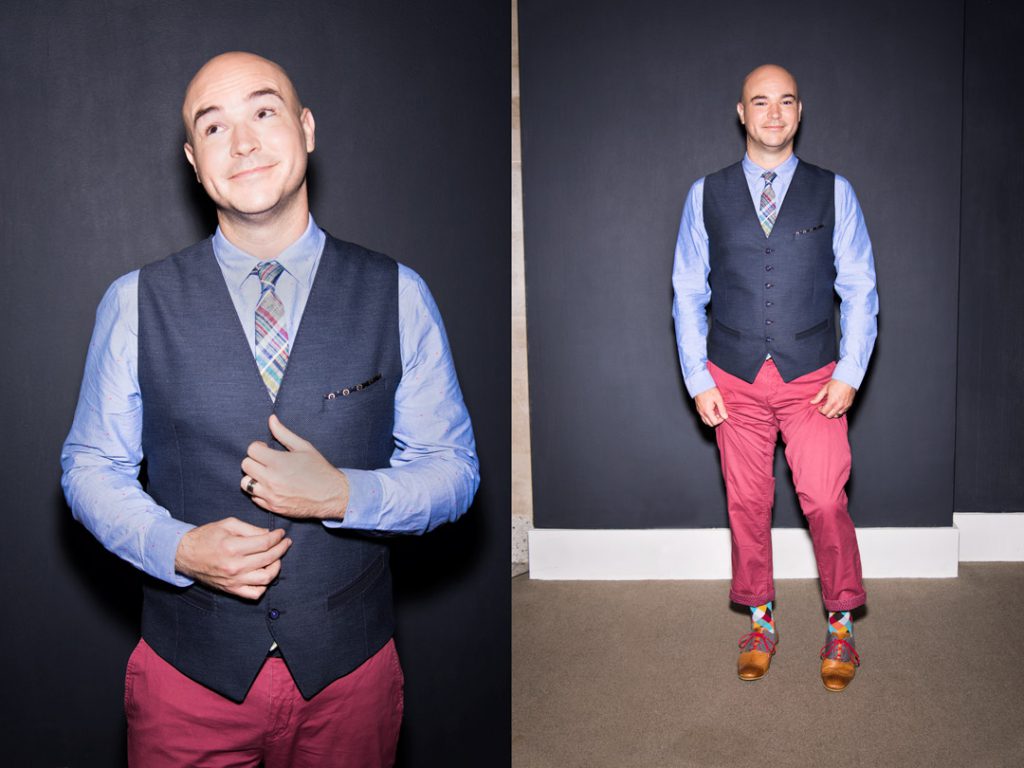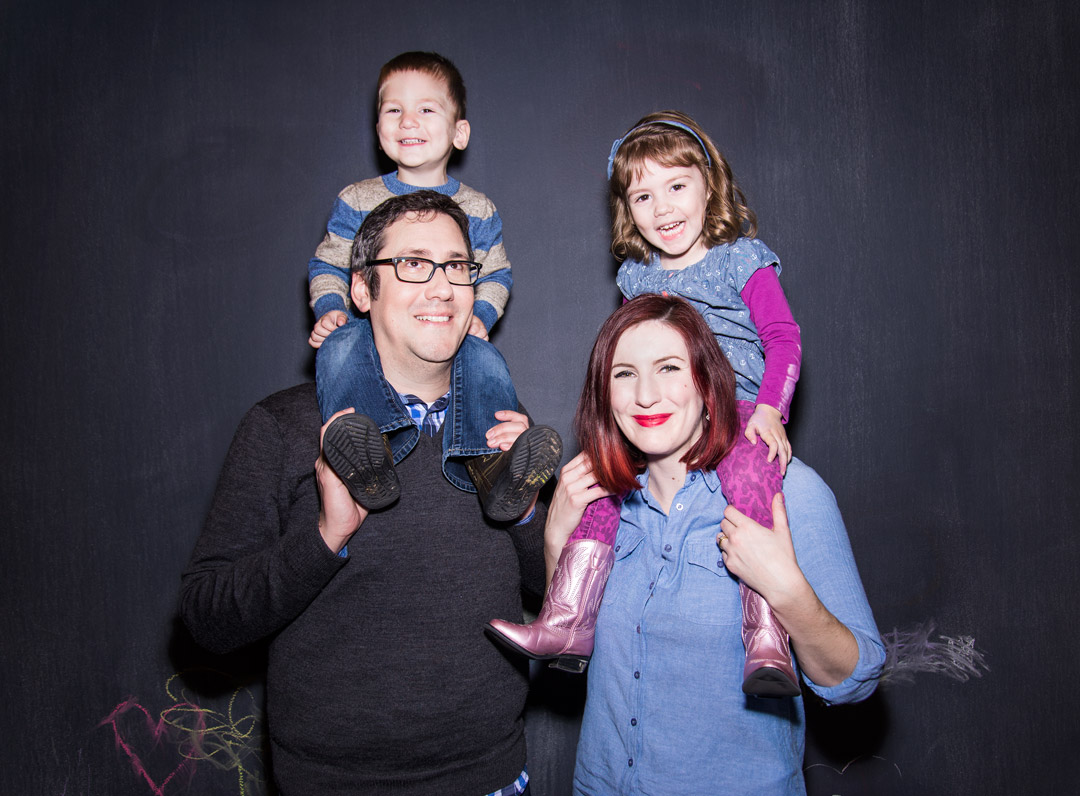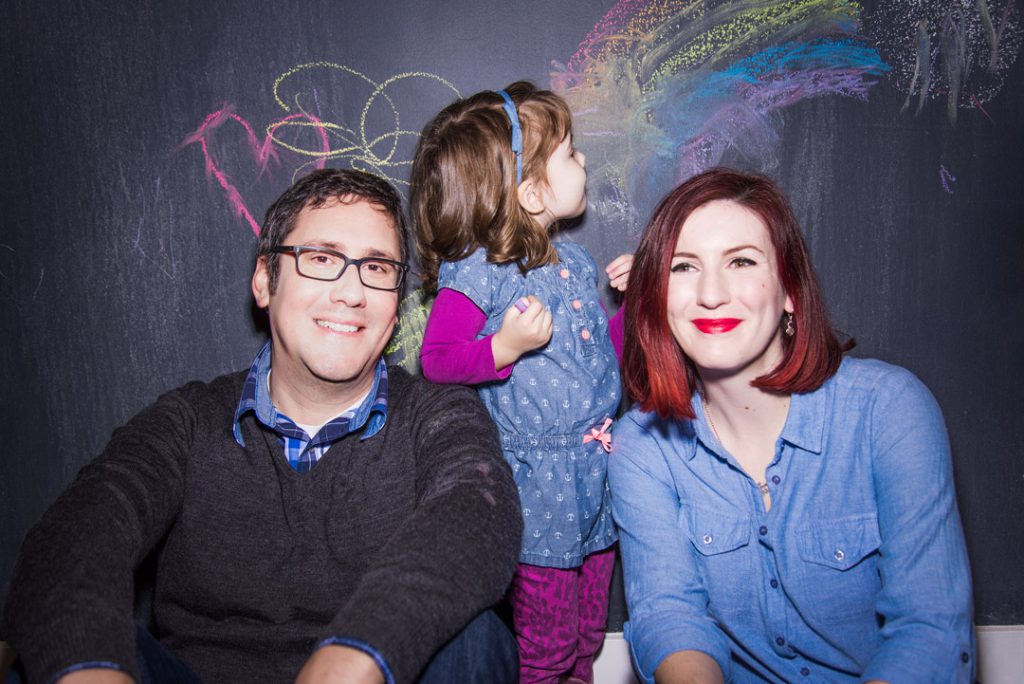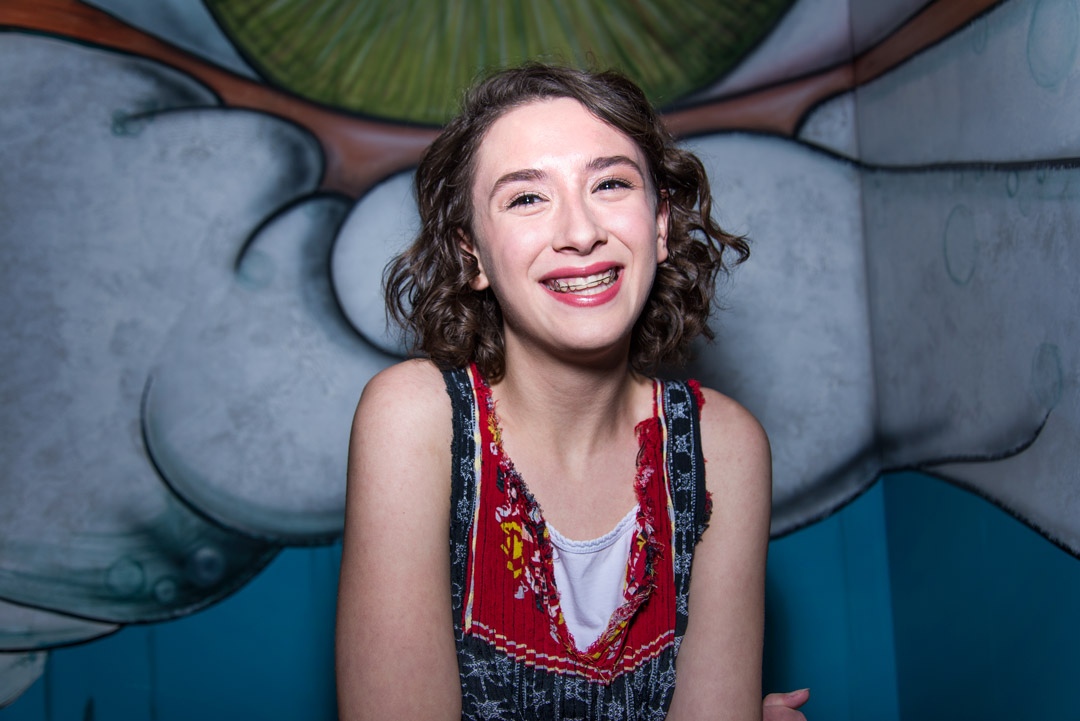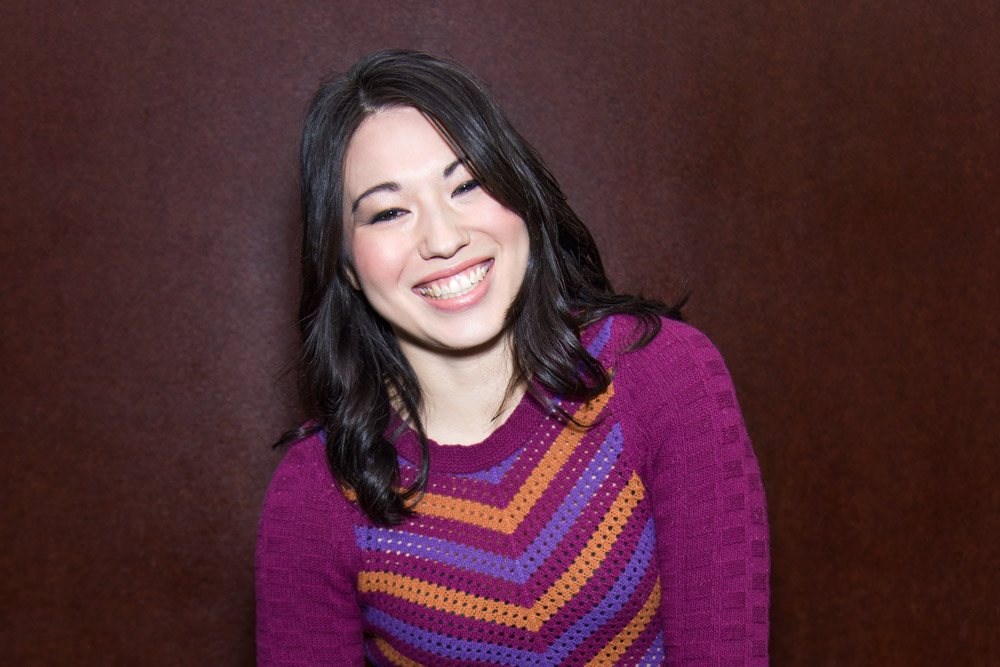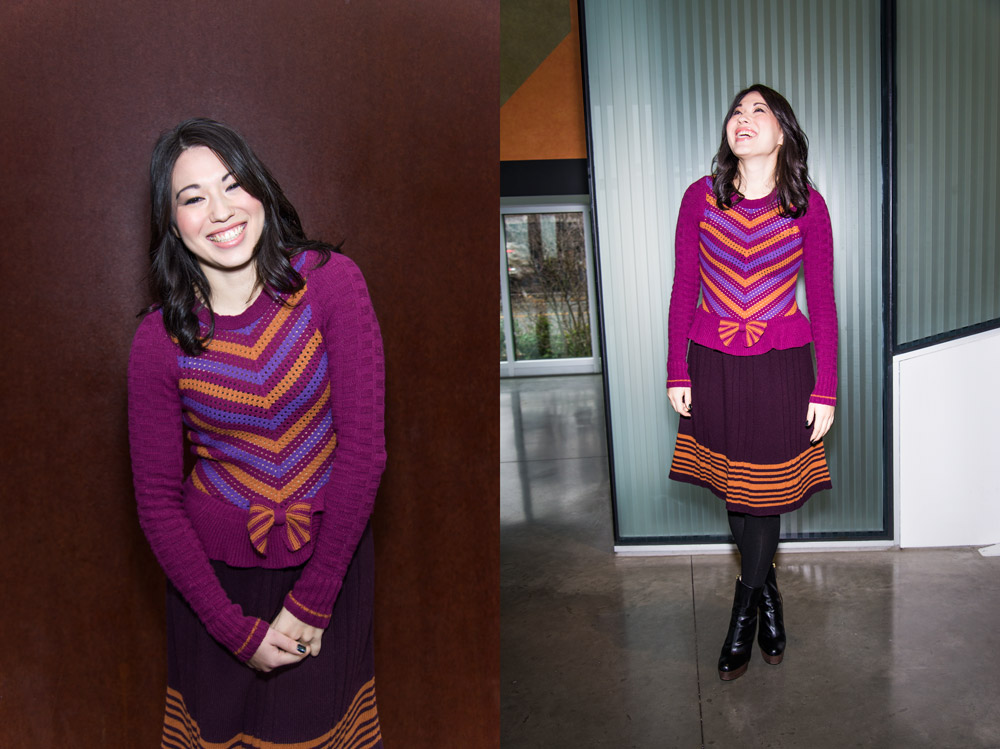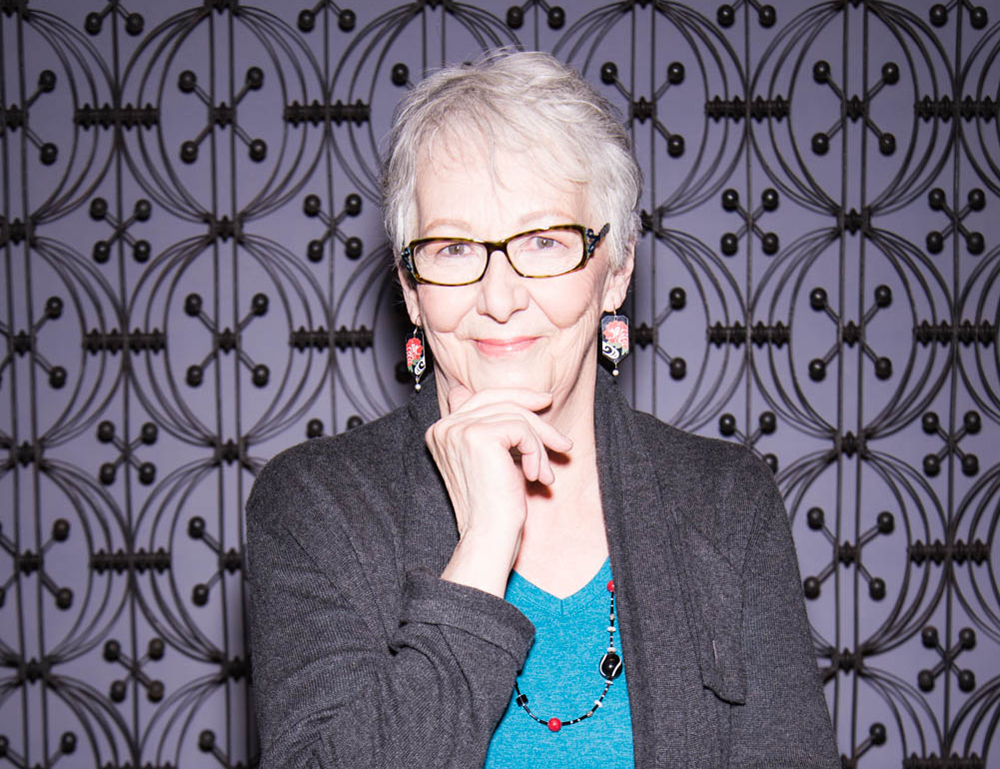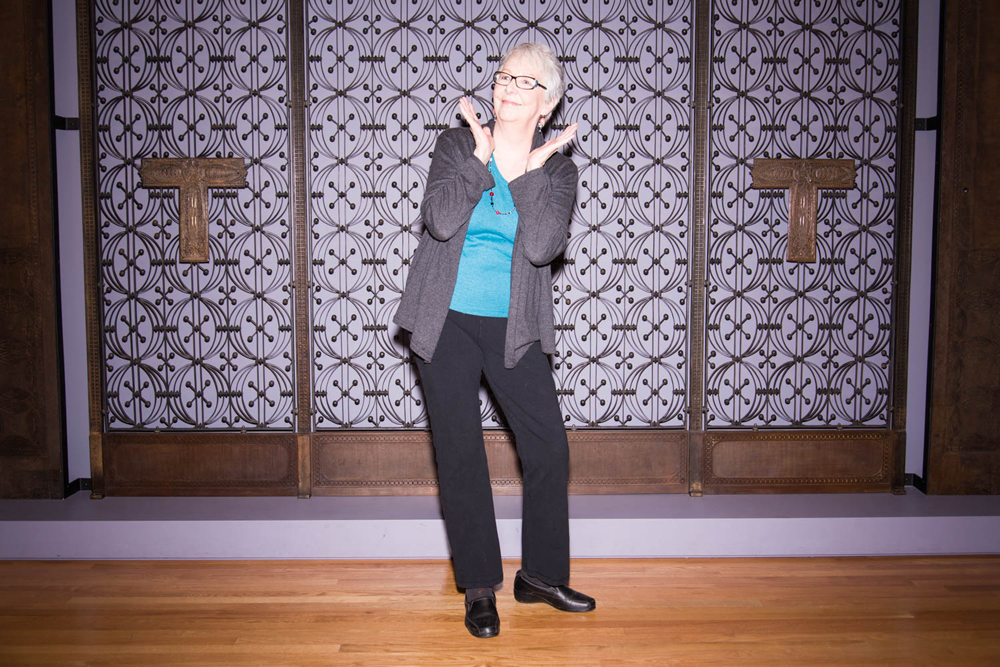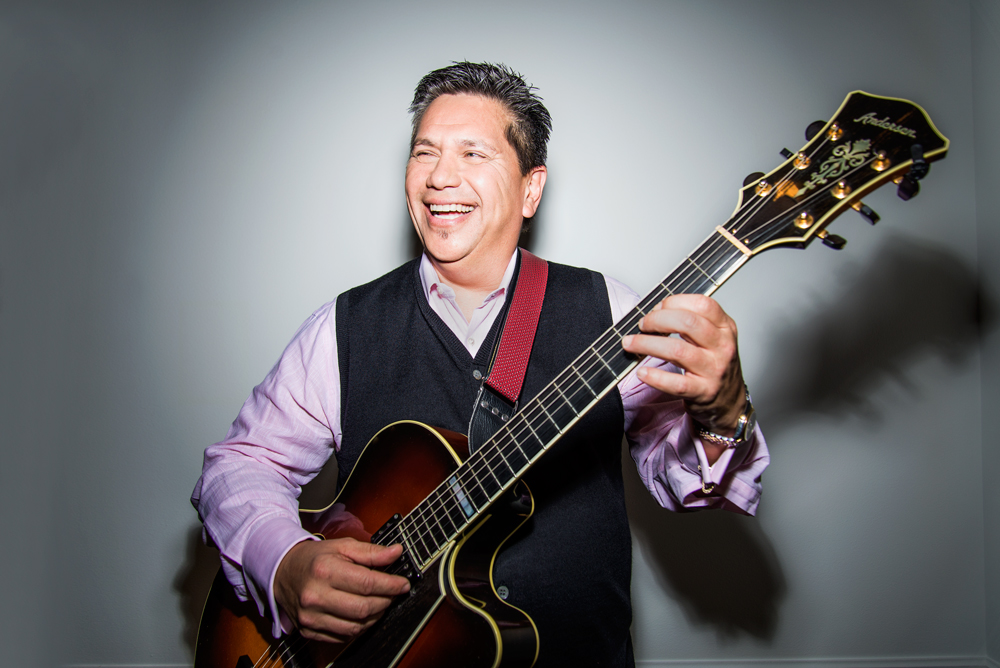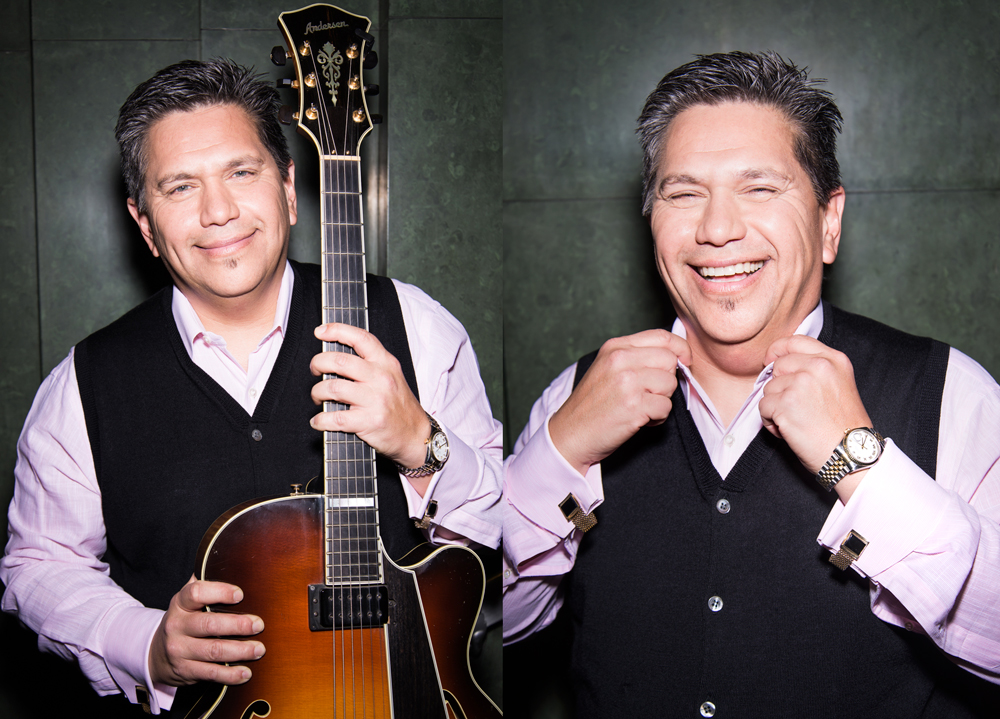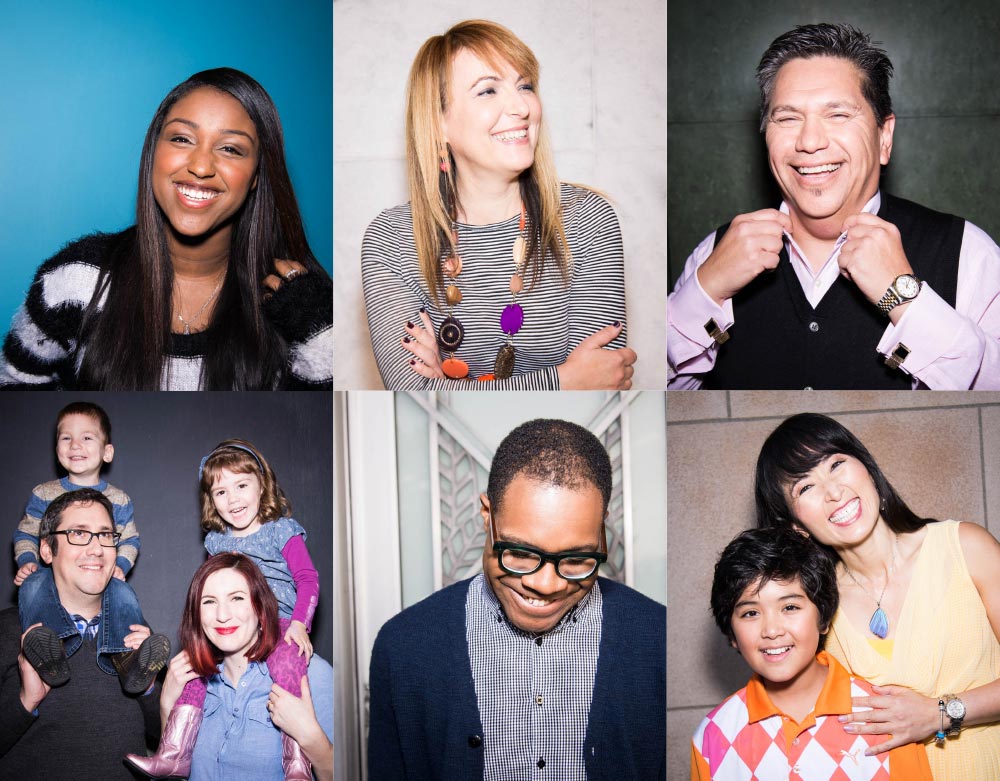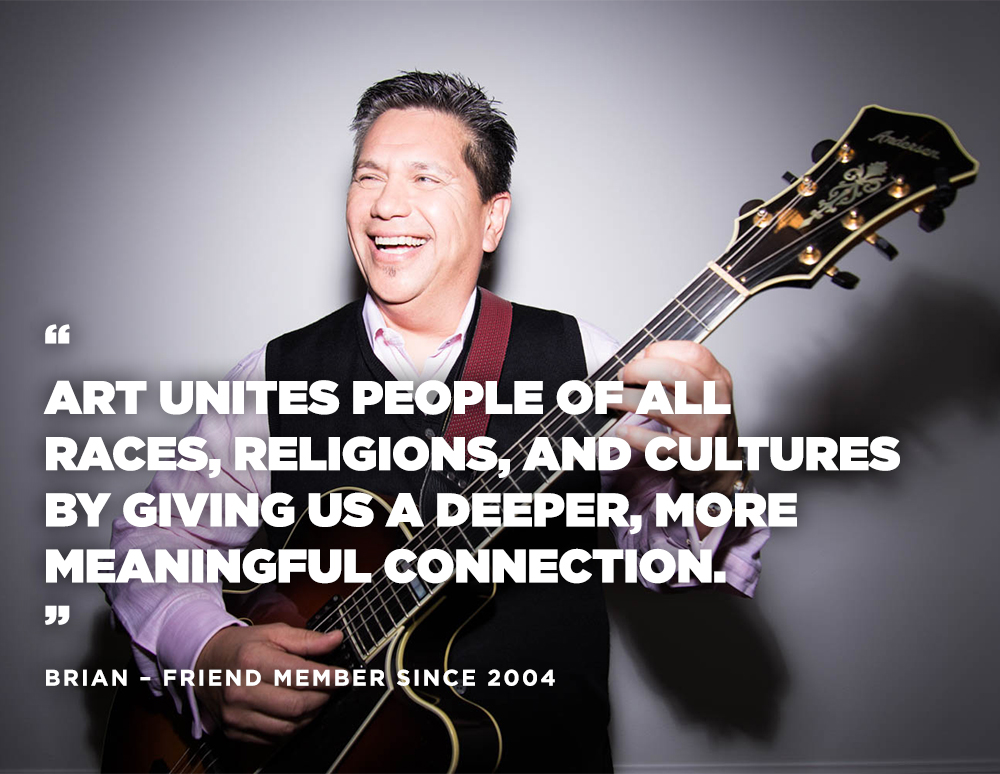DANA YANG & JAYWHAN
Insurance & real estate agent
Member since 1997
What is your favorite memory from being in an art museum?
D: My favorite memory in SAM is taking pictures with my son at Pop Departures.
Jaywhan, what do you love about being a SAM member?
J: I love SAM because my mom takes me to the sculpture park and there is always something new and fun to do. This summer we came for concerts at the park and saw the modern exhibit. I love coming to Seattle Art Museum, it’s amazing!
What’s your occupation? What are your hobbies or passions?
D: I am an insurance and real estate agent. My hobbies are tae kwon do, weight lifting, playing violin, and listening to music.
J: Student. Legos, sports, fencing, drawing, violin, tae kwon do, and video games.
Do you make art? What kind of things do you draw? Do you like to draw scenes or animals or people?
J: It’s fun to, like, look around. I like making art. I like drawing. I use a pencil—you can erase it. I draw things I see pictures of.
D: You make your own cartoons sometimes.
J: Yes, I do that sometimes—like doodling—but sometimes I do sketching—like good pictures. I’m not really good with people, I’m ok with animals, and I can draw scenes.
Do you make art, Dana?
D: I do practical art. Food art. I am so busy but you can find art in everything. Everyday, outside. I haven’t set out to do a specific type of art because I’m so busy now working and being a mom. But when I cook and put food on the plate I can make them look like art.
J: She’s a good cook.
Do you guys come to the museum together?
D: All the time. It’s a chance to get out of the suburb, Issaquah, see something different, and be exposed to art that’s from another country, another era. We like to look through the world from other points of view. To get inside of people’s heads, by looking at the art—it’s interesting.
Do you think art is important or just extra?
J: It kind of speaks without a voice. Like a drawing tells you how to be calm. Like a landscape with a picture of water would be calm and fire would not be calm, I guess, something like that. So it kind of expresses emotion.
D: For me it’s about culture. By looking at art I can see what culture people are from and what experiences they’ve had. I find that very interesting.
What role do museums play in that? Are they just houses for art or do they do something else?
J: They have lots of art.
D: Museums are bridges that help people to be exposed to different cultures, different art, different lifestyles, different outlooks on life. Without museums people wouldn’t have a place to go study all this art or to be exposed to different times in history or different countries, different types of art.
Jaywhan, you said you like museums because they have lots of art. You can go to one place and see lots of options. Do you have a favorite piece of artwork at the Asian Art Museum or downtown or at the sculpture park? Do you have a favorite, Dana?
J: There’re lots of things to look at from different people. I kind of like all of them. I don’t have a favorite.
D: I enjoy looking at the collections of really, really old actual things that people used. For example, I really enjoy looking at the jewelry from Egyptians and teacups and saucers from China and Middle East. And sometimes you have furniture. To think that people made them by hand, it’s amazing. It makes our life in this modern society seem a little bit silly.
How long have you been a member?
D: On and off. I’ve been coming here for a long time, whenever I had a chance.
Why are you a member?
D: I like to support the art museum and I enjoy the freedom of feeling like I can come to the museum whenever I want.
